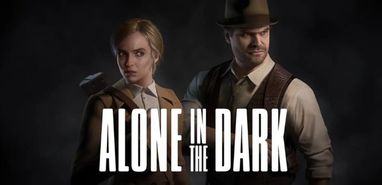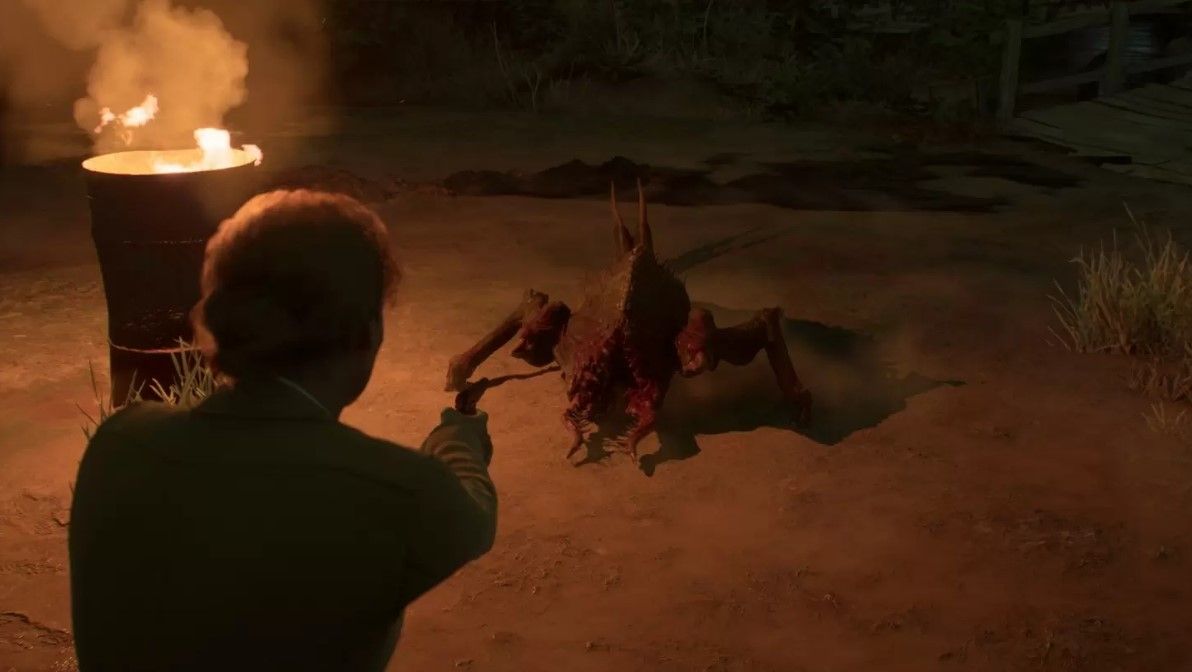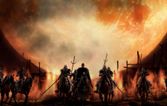
A Forgotten Legacy
Navigating the realm of what might be dubbed a “less-known legacy” can indeed be peculiar. While franchises such as Resident Evil and Silent Hill boast dedicated wings in the survival horror pantheon, the oft-cited progenitor of the genre has not achieved the same level of critical or commercial success. The last entry, described metaphorically as syphilis in game form (Alone in the Dark: Illumination), suggests that the series still carries some cachet, making its revival noteworthy despite its checkered past. The responsibility now falls to Pieces Interactive—a studio under THQ Nordic, previously known for two Titan Quest remaster expansions—to reimagine the 1992 classic, a crucial endeavor given the franchise’s tumultuous history.
A Slow Start
The game begins unassumingly with Emily Hartwood (voiced by Jodie Comer) receiving a cryptically penned letter from her uncle Jeremy. Alongside private detective Edward Carnby (David Harbour), she travels to Derceto Mansion in the wilderness of 1930s Louisiana. Jeremy’s disappearance is the mystery at hand, though it’s hard to discern given the demeanor of Derceto’s staff and guests—expecting vivacity in a semi-psychiatric ward is a tall order. Players can choose to navigate the mystery as either Carnby or Hartwood, uncovering both Jeremy’s whereabouts and the dark secrets haunting the mansion.
Shifting Realities
The term “leaving” is hardly appropriate, as the mansion is riddled with locked compartments and secret doors, acting as portals into parts of Jeremy’s subconscious. Unlike similar plot devices in films like Inception, the way these dreamscapes merge into Derceto is more jarring, as if an action performed conjured voodoo magic transforming a guest room into a decrepit shack in the swamps. A mysterious entity known as “The Dark Man” seems to have cursed the estate, enabling this seamless realm shifting.

Character Depth and Dialogue
Writer/Director Mikael Hedberg, renowned for his work on SOMA and Amnesia: The Dark Descent, has taken an intriguing narrative approach, particularly with character development and dialogue. Whether exploring the Voodoo Neverland or engaging in dialogue, there’s a palpable tension, especially during later reflections. Yet, some characters, like the red-headed girl Grace, provoke more by teasing than explaining, adding to the narrative’s oddity. Jodie Comer’s portrayal might sound lethargic and exasperated at times, but it meshes well with the oppressive atmosphere, providing a refreshing counter to the ubiquitous Marvel quips in today’s culture.
Environmental Storytelling
Hedberg emphasizes environmental storytelling and collectibles intricately woven into the narrative. For players deeply invested in Alone’s storyline, there’s a demand to engage with background materials extensively, as many characters and plot elements, like a forgotten artist colony, would benefit from more screen time. The reliance on flavor text can be overwhelming, but the enigmatic nature of Derceto Mansion’s history and its connection to varied dreamscapes and voodoo magic significantly enrich the experience, despite some narrative clichés.
Puzzle Complexity
While the narrative feels like homework at times, some lore tidbits lead to the game’s most brilliant puzzles. Carnby’s detective skills shine when scanning rooms for clues and correlating them with previous notes, with zodiac symbols serving as locks or codes being a notable example. However, not all puzzles are created equal; some devolve into basic matching exercises that lack depth and originality.
Combat Mechanics
Combat maintains a good rhythm, although it doesn’t bring any surprises. The arsenal includes standard firearms and a selection of melee weapons, with environmental tactics playing a key role in conserving ammunition. The combat scenarios often feel too scripted, and the inability to store items like Molotov cocktails for later use adds an element of tactical awkwardness to the engagements.
Exploring Derceto
Despite the game’s combat simplicity, exploring Derceto and its dreamscapes remains thoroughly enjoyable. The layout of the mansion and its various blocked paths encourages careful exploration, complemented by the protagonist’s commentary guiding players through the estate. The diverse environments, from sunken tombs to fog-laden warehouses, are a testament to the game’s atmospheric design and careful attention to environmental storytelling.

The Value of Exploration
The allure of traversing beautiful locations might significantly influence the overall appeal of Alone. Completing a near “completionist” playthrough as Carnby—an intensive 8-hour endeavor—feels somewhat modest against the current middle-market standard for a $60 game, especially given its varied elements. Although the core gameplay remains consistent, with just the lead/support roles reversed, each leader’s campaign feels more substantial than merely an “Another Game+” mode. Admittedly, I haven’t finished my second run with Hartwood yet, but I could quickly discern and appreciate the subtle differences between the two leads. Small details like varied character interactions (both in cutscenes and in-game) and character-specific collectibles, along with significant aspects like unique levels for each character, add enough depth to rise above a mere gimmick. Given the game’s already brief core experience, requiring players to complete two full playthroughs to unlock a secret ending doesn’t seem unreasonable or burdensome.
Legacy and Expectations
It might seem odd to consider that Pieces Interactive had big shoes to fill with this series’ legacy. Was it truly a daunting legacy, given the more recent missteps over two decades? Yet, there’s something inherently compelling about seeing ‘Alone In the Dark’ emblazoned on a title screen, evoking a cherished history. In this respect, perhaps the greatest success of this reboot lies in its ability to honor that spirit through its imaginative world. It’s also fair to acknowledge criticisms regarding its survival horror mechanics, puzzle-solving, and other aspects; it certainly won’t be hailed as a trailblazer like the 1992 original. However, the blend of goodwill tied to its brighter qualities straddles the line between being tragically flawed and impressively engaging.








By Andrej Kovacevic
Updated on 14th July 2024